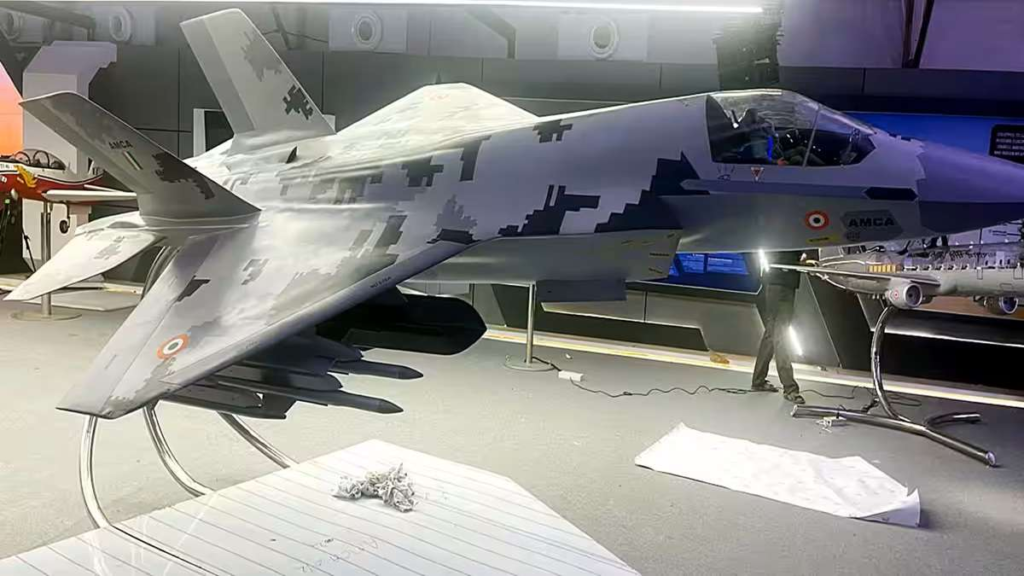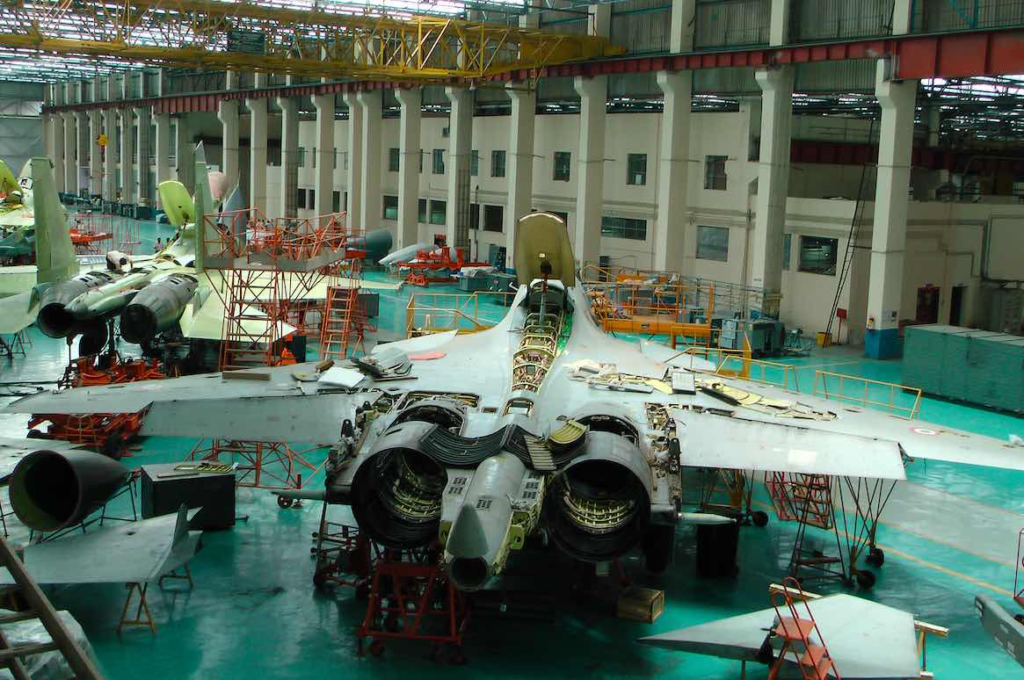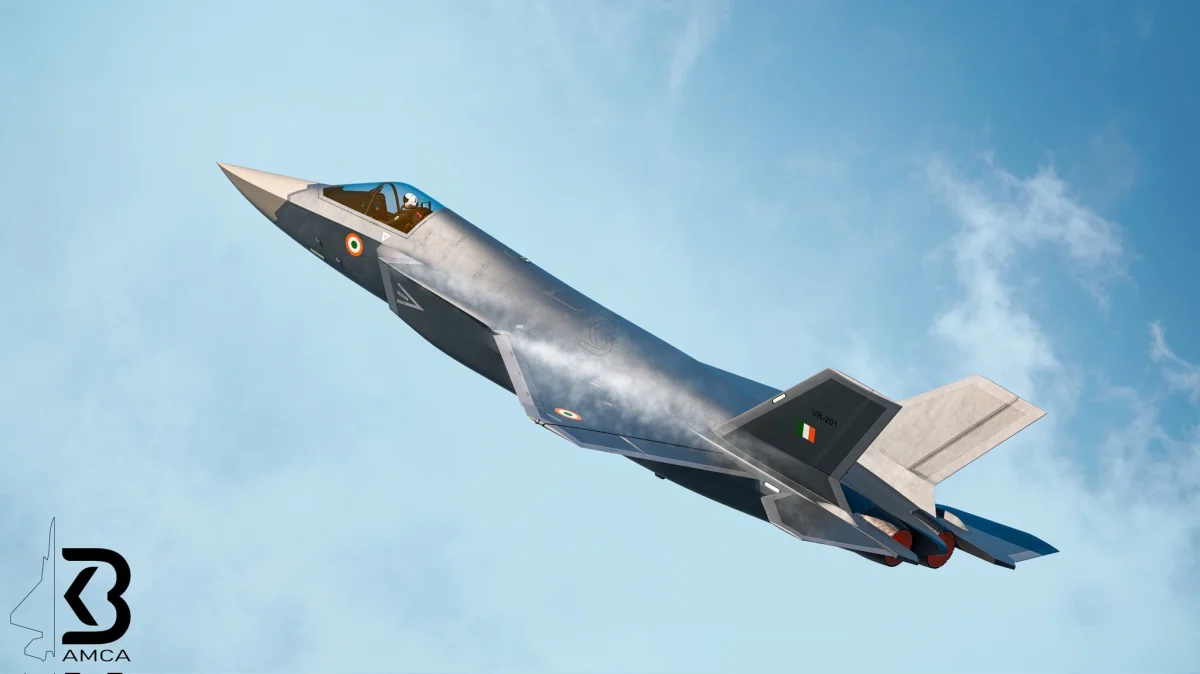India’s venture into the realm of fifth-generation aerial combat technology, the Advanced Medium Combat Aircraft (AMCA), exemplifies a nuanced ballet of industrial collaboration. The dance competitors, Hindustan Aeronautics Limited (HAL), a behemoth of public sector endeavor, and an as-yet-unnamed private entity, represent a dual approach to aerospace effort strategically most important for the country. This strategy not only diversifies risk but also injects a competitive dynamism into the project, potentially accelerating technological advancements through a blend of state-backed reliability and private sector agility. This was reported by ANI, but larger implication are to be understood.

Governmental Aspirations and Industrial Capacity: The Indian government’s inclination towards engaging a private firm for the AMCA project underscores a broader policy shift towards privatization in defense to enhance efficiency. HAL, already entwined with projects like Tejas Mk1A, Tejas Mk2 and the Twin Engine Deck Based Fighter (TEDBF)(?), symbolizes continuity and experience but burdened and stretched. However, the introduction of a private player is an acknowledgment of the need for agility speed and capacity development, crucial for a project of AMCA’s strategic importance, amidst India’s crowded defense project landscape.

Phased Evolution of AMCA: The AMCA program’s division into two distinct phases reflects a methodical progression in complex product development exercise.

Phase one, employing the GE F414 engines, serves as a foundational step, ensuring immediate capability enhancement. As per the plan two squadron of this aircraft will be developed and likely will be inducted with Initial operation clearance certifications.
In phase two, Aircraft will receive more technological advancement and more powerful 110 KN Thrust engine. This will be realised with a collaboration with a foreign entity (likely Safran) for a more potent engine aims at leapfrogging into the future, potentially integrating sixth-generation technologies.
Engine Negotiations as Geopolitical Chess: The ongoing dialogues with the US for the GE F414’s local assembly, and with France for a next-generation engine, are not mere transactions but moves on the geopolitical chessboard. These negotiations are pivotal, not just for the engines themselves, but as symbols of strategic alliances, influencing regional power dynamics and technological sovereignty.

A Fail-Safe Mechanism in Aerospace: The decision to involve both a public and private entity in AMCA’s development is emblematic of a fail-safe strategy, rare in its foresight. This approach mitigates risk by not putting all technological eggs in one basket, ensuring that delays or failures in one sector do not cripple the entire project. It’s a testament to India’s learning from past projects where over-reliance on a single entity led to bottlenecks.
Historical Precedents and Future Pathways: The model of dual development partners isn’t without precedent in India’s defense sector, as seen with the DRDO’s previous ventures. This method, while not new, is being refined. It’s an experiment in industrial ecosystem creation, where competition breeds excellence, and collaboration ensures that the end products, while different, adhere to a unified strategic vision. This approach was used in development of Wheeled Armoured Personnel Carriers and Advance Towed Artillery Gun System programs.
Urgency Amidst Geopolitical Tensions: The urgency to meet the 2028 timeline for AMCA’s prototype isn’t merely about technological achievement; it’s deeply interwoven with India’s strategic imperatives. With adversaries modernizing their fleets, the AMCA isn’t just an aircraft; it’s a statement of deterrence, a tool of geopolitical assertion, and a critical component in maintaining aerial dominance in a region where the skies are increasingly contested.
In this grand narrative, the AMCA project transcends its role as a mere addition to India’s military aviation assets. It becomes a symbol of India’s aspirations to not only join but lead in the elite club of nations capable of producing cutting-edge stealth technology, reflecting a blend of strategic foresight, industrial policy, and geopolitical maneuvering.
